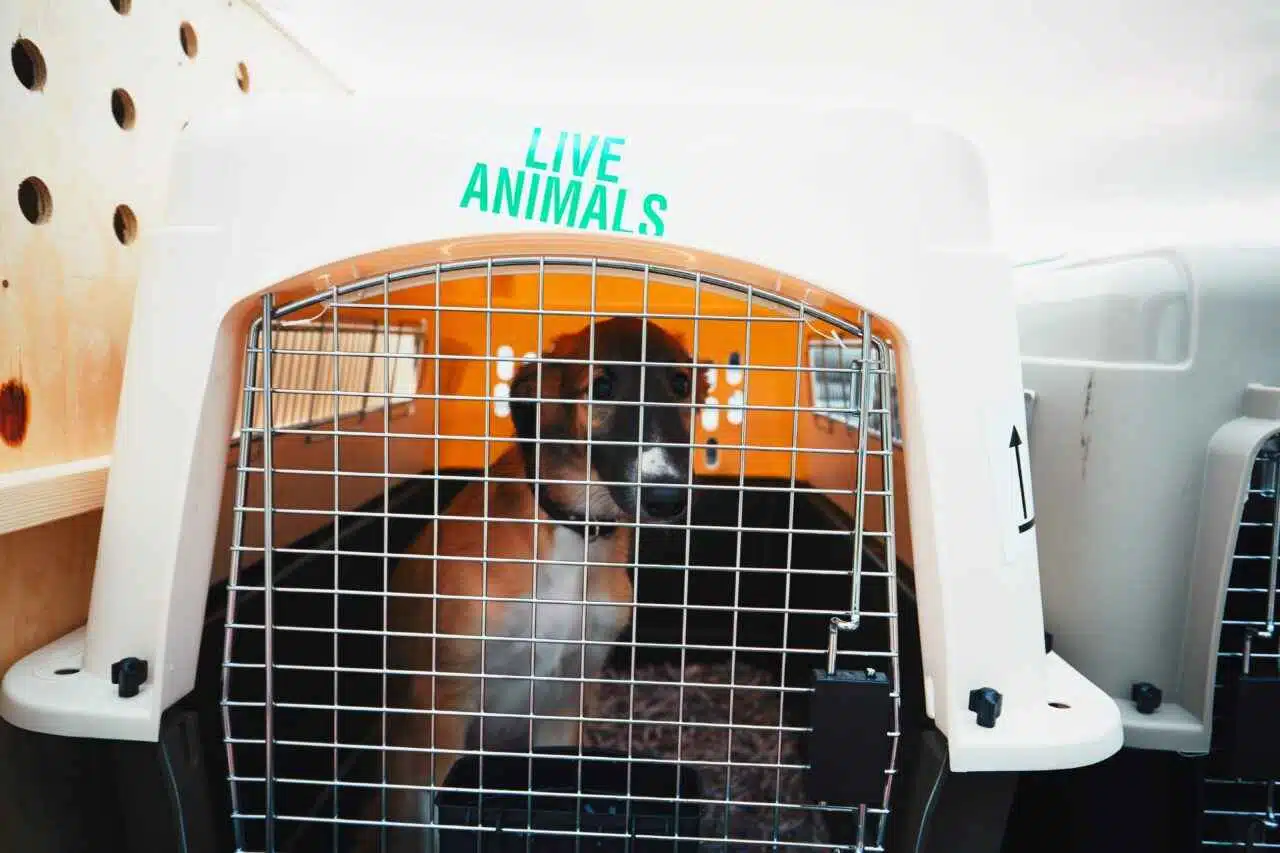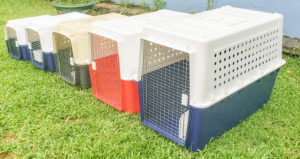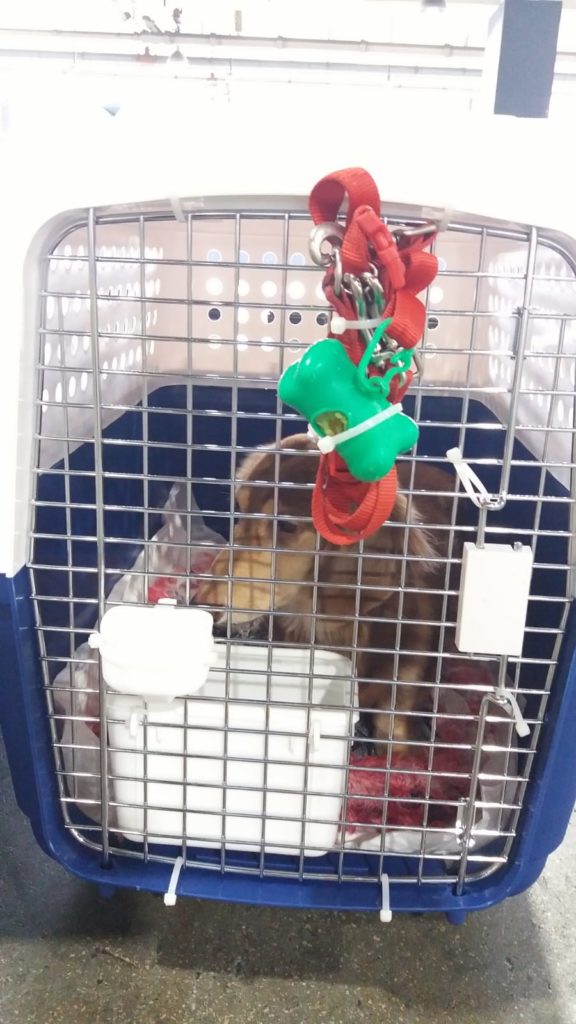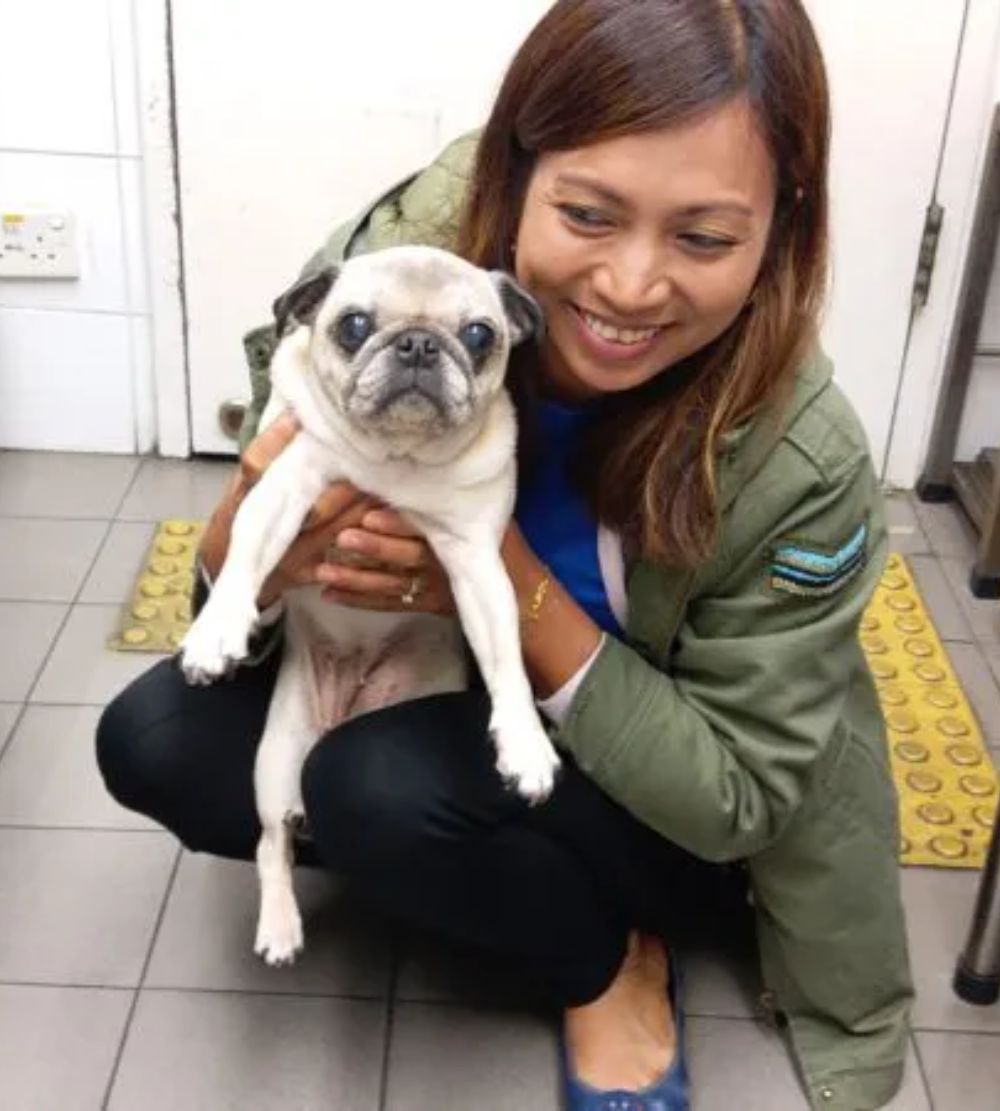Tips to help your adult dog feel comfortable inside the crate
While the saying goes, you can’t teach an old dog new tricks, this isn’t necessarily true. You may have recently adopted an older dog who has not been trained, want your dog to be able to travel safely or never felt the need to before. Although crate training is most effective when instilled in your dog from a puppy, all is not lost! Crate training is still possible and can have many benefits for both you and your older dog.
Patience is key when it comes to crate training an older dog. The process may be slower and your dog more resistant to trying something new, however this does not mean it cannot be done. As you know, your dog is clever and in tune to your emotions. If it can sense you are stressed or agitated, your dog will begin to associate these feelings with the crate. Maintaining positive emotions is key and far more likely to put your dog at ease, making crate training as easy as it can be.
To begin crate training your older dog, make sure you have purchased a crate which is of an adequate size. If you are unsure about what crate is best for your dog, see our article on how to buy the right crate for your pet. Once you have purchased a crate, prepare it as a safe haven for your dog. By putting in a dog bed or a favourite toy this will make the crate far more enticing. Also, be sure to leave the crate in a space your dog has access to, this will make it seem less alien when it comes to starting the training.
Along with preparing the crate, it could also helpful to prepare your dog. A walk beforehand can burn off any excess energy, lowering the chances of your dog becoming anxious. This will allow your dog to relax and be slightly worn out, making a familiar bed inside the crate that bit more appealing!
Secondly, make sure you have lots of treats at the ready. This is key for getting your dog to have positive associations about the crate. Use treats to gently coax your dog into the crate in a calm and reassuring manner, making sure you are constantly rewarding them once inside. At this point, the door does not need to be closed. After your dog has been in its crate for a short while, invite them out and give lots of praise. Keep repeating this a few times a day for a couple of days, until your dog becomes use to being in its crate.
Once your dog has mastered this and appears at ease in the crate, begin to close the door. At first this only has to be for a short period of time. Gradually increase the amount of time your dog spends in the crate if they show no signs of distress. Whilst crates are most commonly used for transporting your pet, you may even find your dog enjoys sleeping in it at home. However, when your dog becomes trained and accustomed to crate use, always be wary of the amount of time they are spending in there. Be cautious of your dog’s ability to hold its bladder, which is especially relevant for older dogs, and the amount of time they’ve spent lying down. Mismanagement of your dog’s crate time can easily create negative experiences and feelings for your dog towards its crate.
Why this all may sound relatively simple, do not be disheartened if things do not go plan! Crate training older dogs is never straightforward and it is very common to need to repeat the steps or start over from the beginning. Remembering the end goal – a peaceful and safe space for your dog, can help you keep motivated.




